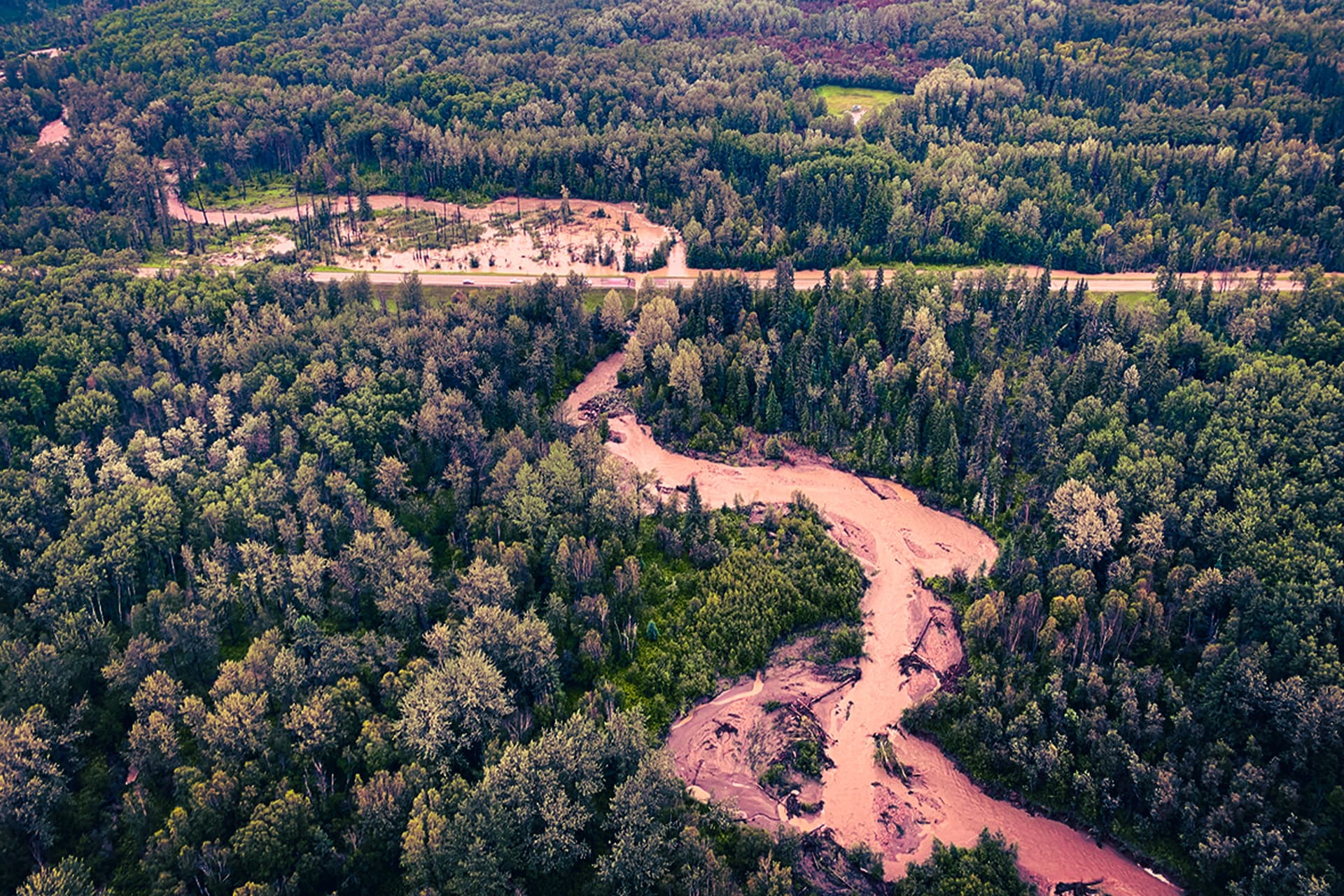Mountains of silt
When the floodwaters recede, thousands of tonnes of heavy, sticky silt is left behind for the community to remove from yards, interiors and personal effects. The bulk of this soul-wilting work must be done by hand.
Health risks
waterlogged belongings and uprooted septic tanks breed bacteria, black mold and airborne pathogens.

A vicious cycle
With consecutive flooding events as close together as sixteen months, the Marten Beach community continues to weather the resultant impacts on their social, built, natural, and economic environments. Despite years of prior studies and analyses, a disaster risk management strategy has not yet been backed by the Province.
It’s not a matter of whether Marten Beach will flood again; it’s a matter of when. Together, we need to take proactive measures to mitigate the risk rather than perpetually pay to deal with the devastation each time flooding occurs.
Paradise lost
From young families to retirees, many Albertans have moved to the Hamlet of Marten Beach with dreams of idyllic lakefront living. However, faced with the spectre of seasonal devastation to their homes, belongings and memories, many are hard-pressed to keep these dreams alve.
Receding hope
Recurring flooding events leave families scrambling for insurance coverage; speculating on provincial support measures; and wondering what's next.
The way forward
We have a solution in hand for mitigating future flooding events, but it comes at a price tag of more than $12 million. This cost cannot be shouldered solely by the MD and Marten Beach residents.
The MD has since applied for the Government of Canada’s Disaster Mitigation and Adaptation Fund (DMAF) grant. If the application is successful, the DMAF grant will cover 40% of the total capital project cost; a scenario that leaves the MD with a $8.4 million capital expenditure. Provided that the MD receives DMAF grant funding, the expectation is that the remainder of the project will be cost-shared between the MD, the Province, and Marten Beach landowners.